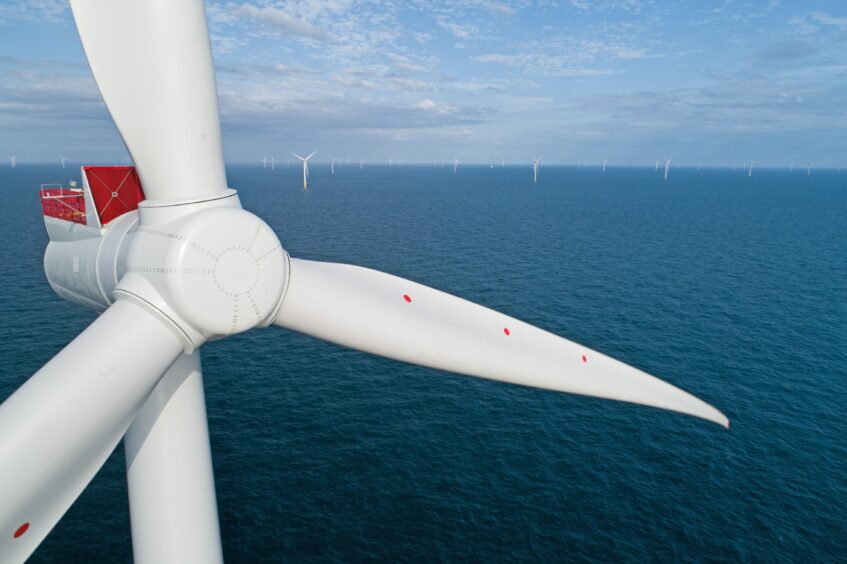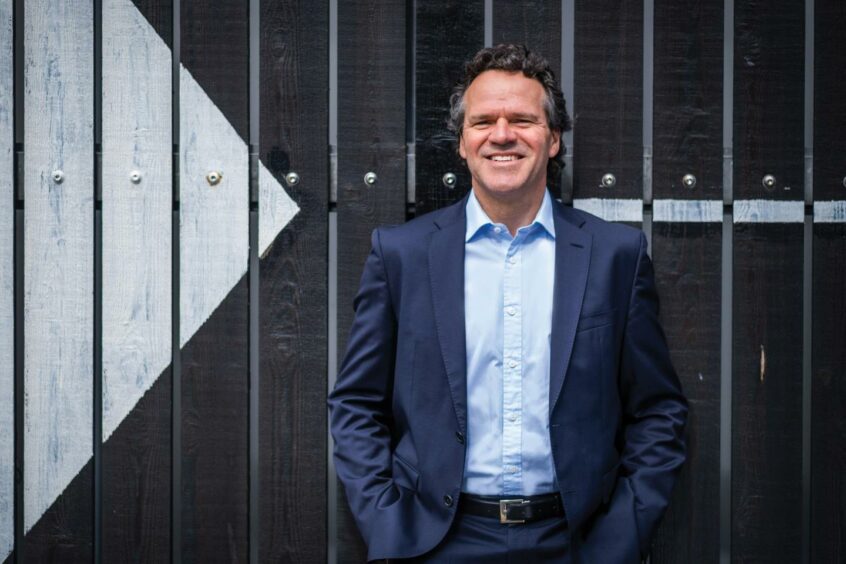Can renewable energy replace oil and gas as the driving force for north-east mergers and acquisitions (M&A)? Peter Ranscombe spoke to some experts.
Since the very earliest days of exploration and production (E&P) in the North Sea, oil and gas has underpinned the M&A market in the north-east.
The stampede of trade buyers and investors to Aberdeen led to the creation of a thriving deals sector, full of private equity firms, debt-lending banks and wealthy industrialists.
Around them grew a network of advisors in the Granite City – from accountants and lawyers through to corporate financiers and other dealmakers.
That thirst to buy, sell or amalgamate companies has continued throughout the ups and downs of oil prices.
There will still be oil and gas deal activity for years to come as we transition away from fossil fuels – that won’t happen overnight.”
Martin Ewan, partner, Brodies.
Recent figures from law firm Mayer Brown show the UK North Sea soaked up £2.4 billion of private equity money in deals last year.
Now, the winds of change are blowing.
With Scotland setting a target of net-zero carbon emissions by 2045 and the UK’s goal coming five years later, investment attention is shifting from oil and gas towards renewable energy.
January’s ScotWind seabed leasing round by Crown Estate Scotland chose 17 proposed offshore wind farm projects from 74 applicants to produce nearly 25 gigawatts of power – about 20 times the output from SSE’s gas-fired power station in Peterhead.
Together, these leases will trigger payments of £700 million for the Scottish Government, highlighting the scale of investment required from power companies and their backers – often including infrastructure investors and pension funds – to construct both floating and fixed wind farms in the waters around Scotland.
Figures released earlier this month (February) by Scottish Renewables predicted the green power industry will grow by 230% between now and 2030.
Yet can the growth of the renewables sector support a similarly sized M&A market in the north-east as oil and gas transactions begin to wane?
There will be opportunities in the renewables sub-sectors and adjacent industries, such as battery storage and materials technology.”
Energy industry advisors are optimistic – “absolutely” was the response from Martin Ewan, a partner at law firm Brodies.
He added: “The addressable market for deal participants in the north-east as a whole is growing massively.
“There will still be oil and gas deal activity for years to come as we transition away from fossil fuels – that won’t happen overnight.
“In addition, there will be opportunities in the renewables sub-sectors and adjacent industries, such as battery storage and materials technology.
“There’s genuine scope for global corporate success too, when you consider the level of innovation being demonstrated by those cleantech start-ups supported by the Net Zero Technology Centre in Aberdeen.”
Fellow Brodies partner Keith Patterson said: “M&A activity ranges from the buying and selling of wind farms – offshore and onshore – to investments in carbon capture and storage.
“Quite a few of the smaller wind farms in Aberdeenshire have changed hands, but the future ultimately lies in the large onshore and offshore wind farms, carbon capture and storage, and hydrogen.
“We have seen transactions across all of these areas but this is only the beginning.
“The next 10 years is when we expect to see significant increases in the volume of deals being done.”
Bob Ruddiman, head of law firm Burness Paull’s energy team, was similarly upbeat.
“We expect there to be a buoyant M&A market as businesses develop and implement strategies to maximise the inherent potential,” Mr Ruddiman said.
He added: “There is significant investment being made in the region to address the opportunities the road to net-zero brings.
“The M&A market is very familiar with all aspects of operating in an offshore environment, and in particular the mitigation of risks and the development of technology and know how to operate safely and efficiently in those conditions.”
Burness Paull partner Peter Ward said: “In the offshore wind sector there has been significant M&A activity in recent years, both in terms of the investment into existing offshore wind projects and the number of consortiums that were formed for participation in ScotWind.
“We expect this to remain busy in the coming years as the sector and projects evolve, and further investment is required.
“Typically in offshore wind, the M&A activity ramps up following project construction, at a point when the developers can look to recoup part of their investment through a sale to funds looking for an investment yield.
“We anticipate that, over time, we will see trading of project interests – as has been the case in upstream E&P.”
One of the key drivers of M&A activity in the renewables sector is an increased focus on environmental, social, and governance (ESG) issues, especially with net-zero targets putting pressure on companies to address their environmental sustainability.
Mr Ward said: “A number of oil and gas companies have been diversifying into renewables as a limb of their ESG strategies.
“We have seen this with the likes of BP and Shell entering the offshore wind market, partnering up with more experienced offshore wind developers.
“We would also expect to see smaller renewables businesses, with good growth prospects, being potential acquisition targets as part of this diversification strategy.”
Callum Gray, corporate finance director and head of deal origination at accountancy firm Anderson Anderson & Brown described ESG concerns as “vitally important for all, and not to be ignored or underestimated by any”.
“ESG considerations are finding their way to the top of all M&A and investment decisions and criteria,” Mr Gray said.
He added: “This is becoming a key aspect of any investment, whether it’s in renewables or oil and gas, or anything else.”
“The current M&A market remains very fluid in respect of the renewables sector, with the topic front and centre of the acquisition criteria for many clients.
“We are seeing significant interest in acquiring engineering services and recruitment firms, together with a number of investment opportunities into clean technologies.
“As with the energy transition, there will be a need and a requirement for balance.
“So, with enough support from government and industry, we expect that all energy sources will continue to provide a healthy level of M&A activity for the region.
“Like any emerging market, there are opportunities.”


















